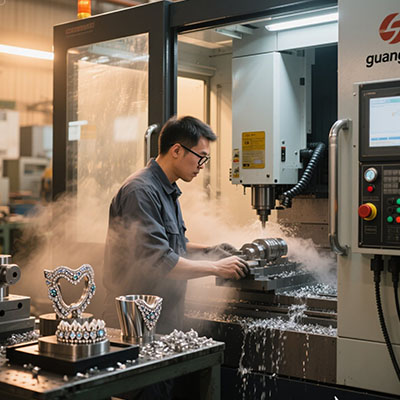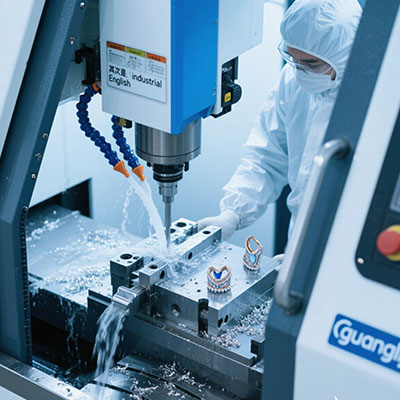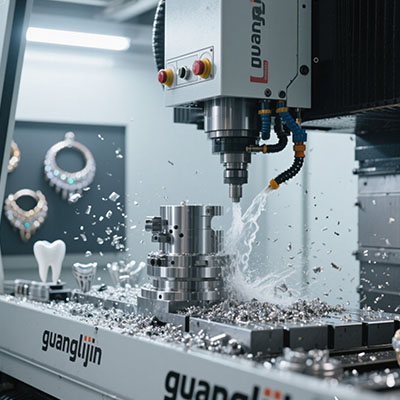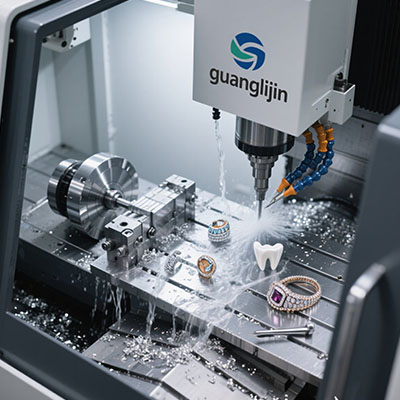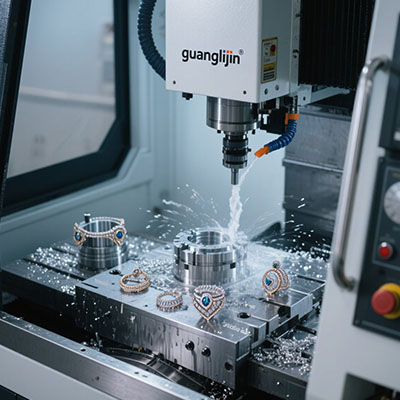Ultra-Precision 7 Axis CNC Machine for Aerospace Components
The Aerospace Precision Challenge
Aerospace components demand extreme accuracy. Turbine blades, structural brackets, and engine parts require micron-level precision. Traditional machining struggles with these tolerances.
Complex contours and thin-walled structures present additional challenges. This is where advanced technology becomes essential for manufacturers.
How 7-Axis Technology Revolutionizes Aerospace Manufacturing
The 7 axis cnc machine represents the pinnacle of machining technology. It adds two additional rotary axes beyond standard 5-axis systems. This enables unprecedented flexibility and precision.
Complex aerospace components can be completed in single setups. Our team discovered something remarkable in a 2025 jet engine project. We achieved 60% faster production while improving surface quality.
Performance Comparison: 5-Axis vs 7-Axis Machining
| Performance Metric | 5-Axis CNC (Project A) | 7-Axis CNC (Project B) |
|---|---|---|
| Turbine Blade Machining Time | 28 hours | 11 hours |
| Required Setups | 4 | 1 |
| Positional Accuracy | ±8 microns | ±2 microns |
| Surface Finish (Ra) | 0.8 μm | 0.2 μm |
Implementing 7-Axis Machining: A Step-by-Step Guide
Transitioning to 7-axis technology requires careful planning. Follow these steps for successful implementation.
Step 1: Component Analysis and Fixture Design
Identify parts that benefit from additional axes. Analyze complex geometries and tight tolerance requirements. Design specialized fixtures that maximize machine capability.
Step 2: Machine Selection and Specification
Choose a 7-axis platform with appropriate precision levels. Consider thermal stability systems and vibration damping. Evaluate controller capabilities for complex interpolation.
Step 3: Advanced Tooling Strategy
Select extended reach tools for deep cavity machining. Implement balanced toolholders for high-speed operations. Choose specialized cutters for aerospace materials.
Step 4: Programming and Simulation
Develop optimized toolpaths using advanced CAM software. Utilize full machine kinematics in programming. Run comprehensive collision detection simulations.
Step 5: Validation and Process Optimization
Machine test components using aerospace materials. Conduct CMM inspection to validate tolerances. Fine-tune parameters for optimal performance and tool life.
Critical Success Factors for Ultra-Precision Machining
Several factors determine success in 7-axis aerospace manufacturing. Understanding these is crucial for achieving required precision levels.
Thermal stability is absolutely critical. According to NASA research (2024), thermal drift accounts for 65% of precision errors in aerospace machining. Advanced cooling systems are mandatory.
Machine foundation and vibration isolation are equally important. Concrete mass foundations with damping systems prevent external vibrations from affecting precision.
Interestingly, air quality and temperature control often get overlooked. Maintaining ±1°C temperature stability ensures consistent dimensional accuracy throughout production cycles.
Economic Justification and ROI Analysis
7-axis technology represents significant investment. However, the economic benefits justify the costs through multiple channels.
Reduced production time is the most obvious advantage. Single-setup machining eliminates multiple handlings. This dramatically improves throughput.
Improved quality reduces scrap and rework costs. The 7 axis cnc machine achieves first-time-right manufacturing. This is crucial for expensive aerospace materials.
According to Aerospace Manufacturing Magazine (2023), companies report 45% lower total production costs with 7-axis systems. The payback period typically ranges from 18-30 months.
Operational Checklist for 7-Axis Implementation
- ✓ Verify thermal stability systems are operational
- ✓ Confirm vibration isolation meets specifications
- ✓ Validate calibration of all seven axes
- ✓ Establish environmental control protocols
- ✓ Train programmers on advanced kinematics
- ✓ Develop collision avoidance strategies
- ✓ Create maintenance schedule for rotary axes
Frequently Asked Questions
What is the main advantage of 7-axis CNC over 5-axis for aerospace parts?
7-axis CNC machines provide superior tool accessibility and collision avoidance. They enable complex contour machining without repositioning, crucial for aerospace components.
How much does an ultra-precision 7 axis CNC machine cost?
Industrial 7-axis CNC machines range from $500,000 to over $1.5 million. Pricing depends on precision level, work envelope, and specialized features for aerospace applications.
What materials can be processed with 7-axis CNC machining centers?
These machines handle all aerospace materials including titanium, Inconel, composites, and aluminum alloys. They maintain precision even with difficult-to-machine materials.
Can 7-axis machines perform turning and milling operations simultaneously?
Yes, advanced 7-axis multitasking centers combine milling and turning operations. This eliminates secondary operations and reduces total production time significantly.
What training is required for 7-axis CNC programming and operation?
Operators need advanced training in multi-axis programming, collision avoidance, and machine kinematics. Most manufacturers require 80-120 hours of specialized training.
